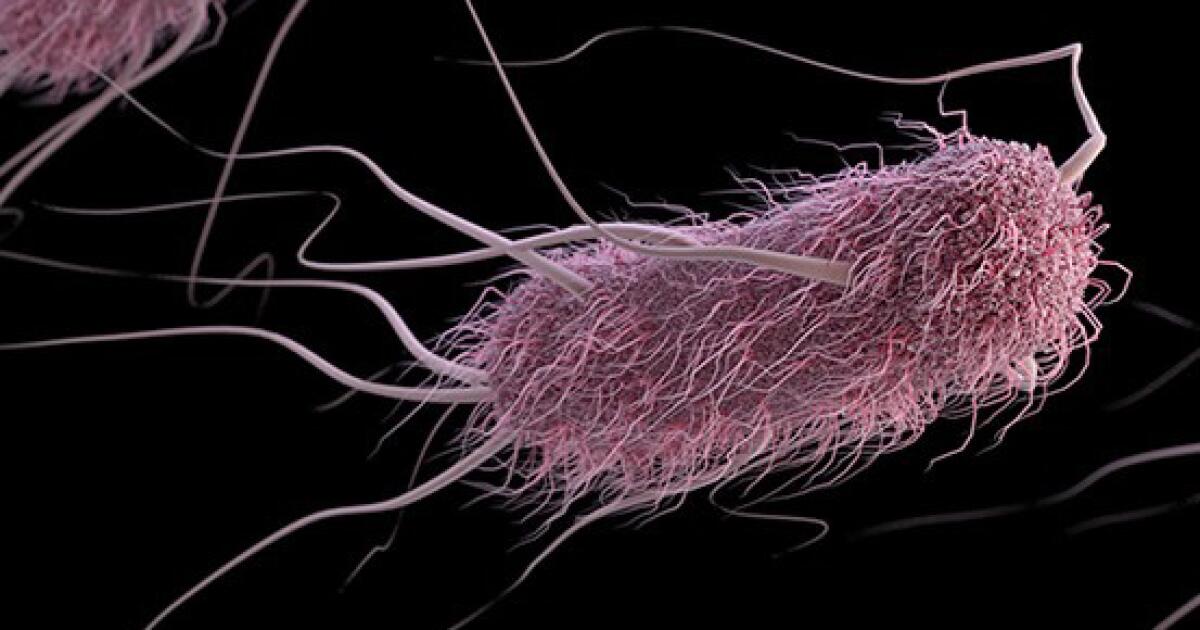Helicobacter pylori (H. pylori), a common bacterium residing in the stomach lining, has been linked to a significant proportion of stomach cancer cases worldwide. A study published in Nature Medicine estimates that nearly 76% of gastric cancers may be attributable to H. pylori, with around 12 million cases expected among those born between 2008 and 2017. The infection often remains asymptomatic, allowing the bacteria to persist for years, but it can lead to ulcers and, in severe cases, gastric cancer. High-risk populations include people in East Asia, Eastern Europe, South America, older adults, and those with certain dietary habits or family history. Early detection, lifestyle modifications, and targeted treatment can prevent infection-related cancer and reduce the global burden of stomach cancer.
H. pylori bacteria and their role in stomach cancer risk
A common bacterium, Helicobacter pylori (H. pylori), has been linked to a significant proportion of stomach cancer cases worldwide. According to a study published in Nature Medicine, nearly 76% of gastric cancers may be attributable to this bacterium. Researchers estimate that approximately 16 million people born between 2008 and 2017 could develop stomach cancer in their lifetime, with around 12 million of these cases directly linked to H. pylori.
H. pylori lives in the stomach lining and can silently persist for years without producing noticeable symptoms. While most people remain unaware of its presence, the bacterium can sometimes lead to peptic ulcers and, in severe cases, gastric cancer. Asia is projected to account for the majority of H. pylori-related cases, with nearly 8 million expected, while North and South America may see about 1.5 million cases combined. Understanding the role of H. pylori in stomach cancer is vital because it identifies a largely preventable risk factor. Unlike cancers caused by genetics or lifestyle alone, early detection and treatment of H. pylori infection can dramatically reduce future gastric cancer risk.
Who is most at risk of H. pylori infection and gastric cancer
Certain populations are more vulnerable to H. pylori-related stomach cancer. People living in high-prevalence regions, particularly East Asia, Eastern Europe, and parts of South America, face a higher lifetime risk. First-generation immigrants from these regions may also carry the bacteria if they were infected during childhood.Other risk factors include a family history of stomach cancer, older age, smoking, obesity, and diets high in salted, smoked, or processed foods. Adults over 60 are especially susceptible, and some genetic predispositions can further increase vulnerability. High-risk individuals should remain vigilant and consider screening for H. pylori if symptoms appear.
Signs and symptoms of H. pylori infection to watch for
H. pylori often develops in childhood and remains dormant for years. Although many carriers never experience symptoms, about 30% develop complications such as ulcers or gastritis. Common warning signs include:
- Burning stomach pain or discomfort
- Feeling full quickly after meals
- Nausea or frequent burping
- Unexplained weight loss
- Indigestion and bloating
Because the bacteria can go undetected for years, persistent digestive discomfort should never be ignored. Timely medical evaluation can prevent serious complications and lower the risk of gastric cancer.
Prevention and lifestyle changes to lower stomach cancer risk
Although H. pylori is a major risk factor, lifestyle and preventive measures can significantly reduce the likelihood of developing stomach cancer. Key steps include:
- Maintaining a balanced diet rich in fruits, vegetables, and whole grains
- Regular physical activity to support overall health
- Avoiding or quitting smoking, which compounds gastric cancer risk
- Limiting alcohol consumption
- Seeking a timely medical evaluation for persistent digestive symptoms
Community awareness is also crucial. Educating families about the bacteria, safe hygiene practices, and risk factors can reduce transmission and promote early detection, particularly in high-prevalence regions.
Screening, diagnosis, and treatment options for H. pylori
Screening for H. pylori infection can be done using breath tests, stool tests, or blood antibody tests, while in some cases, an endoscopy may be recommended to examine the stomach lining more closely. If the bacteria are detected, treatment typically involves a combination of antibiotics and proton pump inhibitors to eradicate the infection and allow the stomach lining to heal. Although routine screening is not advised for populations in countries with low stomach cancer rates, high-risk individuals, including those with a family history, older adults, or people from regions with high prevalence, should undergo testing. Family members may also require evaluation, as the infection can spread within households. Early detection and timely treatment can prevent ulcers, reduce gastric cancer risk, and address a largely preventable cause of this disease. Awareness and prompt action are crucial.Disclaimer: This article is for general informational purposes only and is not a substitute for professional medical advice, diagnosis, or treatment. Always seek the guidance of a qualified healthcare provider regarding any medical condition or lifestyle change.Also Read: The harmful practice of breast ironing: Physical, psychological, and social impacts on girls
First Appeared on
Source link













